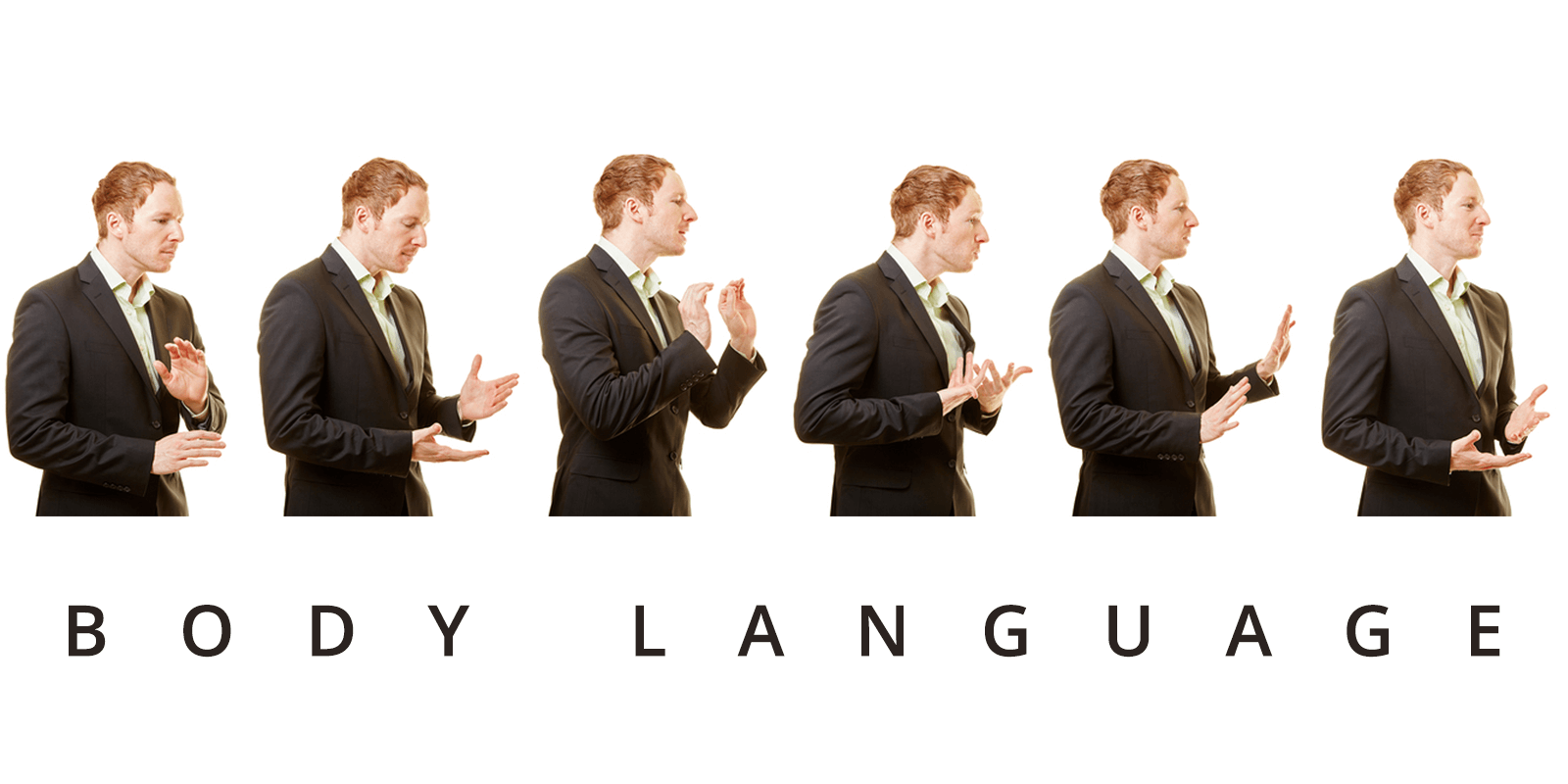Body language news is an emerging field that explores the role of nonverbal cues in news reporting. By analyzing facial expressions, gestures, and posture, journalists can gain insights into the credibility and authenticity of news stories.
This engaging narrative delves into the significance of body language in communication, its application in news reporting, and the ethical considerations involved in its analysis. As we uncover the intricacies of body language, we’ll discover its potential to enhance our understanding of the news and the world around us.
Definition and Importance of Body Language: Body Language News
Body language is a form of nonverbal communication that involves the use of physical gestures, facial expressions, and posture to convey messages. It is a powerful tool that can be used to express emotions, intentions, and attitudes, and it plays a significant role in interpersonal communication.
There are many different types of body language, each with its own meaning. For example, facial expressions can convey emotions such as happiness, sadness, anger, and fear. Gestures can be used to emphasize a point, indicate direction, or express emotions.
Posture can convey power, confidence, or submission.
Body language can be used to communicate a wide range of messages, both consciously and unconsciously. It can be used to express emotions, intentions, and attitudes. It can also be used to regulate the flow of conversation and to build rapport with others.
Types of Body Language
There are many different types of body language, but some of the most common include:
- Facial expressions:Facial expressions are one of the most important forms of body language. They can convey a wide range of emotions, including happiness, sadness, anger, fear, and surprise.
- Gestures:Gestures are movements of the hands, arms, and body that can be used to emphasize a point, indicate direction, or express emotions. Some common gestures include nodding, shaking the head, pointing, and shrugging.
- Posture:Posture is the way that you hold your body. It can convey power, confidence, or submission. For example, standing up straight with your shoulders back can convey confidence, while slouching can convey submission.
Importance of Body Language
Body language is an important part of communication. It can be used to express emotions, intentions, and attitudes. It can also be used to regulate the flow of conversation and to build rapport with others.
Understanding body language can help you to communicate more effectively and to build stronger relationships with others.
Body Language in News Reporting
Body language plays a significant role in news reporting, conveying nonverbal cues that can enhance the credibility and authenticity of news stories. It can also be used to convey bias, deception, or other nonverbal cues.
Enhancing Credibility and Authenticity
- Open and relaxed posture:Indicates confidence, trustworthiness, and openness to communication.
- Direct eye contact:Shows engagement, sincerity, and attention to the subject matter.
- Appropriate gestures:Emphasizes points, conveys emotions, and adds interest to the reporting.
Conveying Bias, Deception, or Other Nonverbal Cues
- Crossed arms or legs:May indicate defensiveness, closed-mindedness, or a lack of engagement.
- Avoidance of eye contact:Can suggest dishonesty, discomfort, or a lack of confidence.
- Fidgeting or nervous movements:May indicate anxiety, stress, or a lack of preparation.
Body Language Analysis Techniques

Body language analysis is a crucial skill in news reporting, allowing journalists to interpret nonverbal cues and gain insights into the thoughts and emotions of newsmakers. Various techniques are employed to analyze body language, each with its own strengths and limitations.
Facial Coding
Facial coding involves systematically observing and interpreting facial expressions. Researchers have identified over 10,000 distinct facial expressions, each associated with a specific emotion or thought. By analyzing facial muscle movements, journalists can infer the emotional state of newsmakers, even when they attempt to conceal their true feelings.
Gesture Recognition
Gesture recognition focuses on analyzing hand and body movements. Gestures can convey a wide range of meanings, from dominance and power to nervousness and anxiety. By observing and interpreting gestures, journalists can gain insights into the speaker’s intentions, attitudes, and emotional state.
Other Methods, Body language news
In addition to facial coding and gesture recognition, other body language analysis techniques include:
- Proxemics: Analyzing the use of personal space to understand interpersonal relationships and power dynamics.
- Kinesics: Studying body movement patterns, such as posture, gait, and fidgeting.
- Chronemics: Examining the use of time, such as the duration and frequency of pauses and interruptions.
Challenges and Limitations
While body language analysis can provide valuable insights, it is important to be aware of its challenges and limitations:
- Context is crucial: Body language cues must be interpreted within the context of the situation and the individual’s cultural background.
- Subjectivity: Body language analysis is subjective, and different observers may interpret the same cues differently.
- Deception: Individuals can consciously or unconsciously control their body language to conceal their true feelings.
Ethical Considerations in Body Language Analysis
Analyzing body language in news reporting raises ethical concerns that must be addressed to ensure responsible and respectful reporting.The privacy of individuals should be respected. Journalists should not use body language analysis to invade personal space or exploit vulnerable individuals.
Avoiding stereotypes is crucial to prevent unfair and inaccurate portrayals. For instance, associating specific body language cues with particular cultures or demographics can lead to biased reporting.Ethical guidelines for body language analysis in the media include:
- Obtaining informed consent from individuals before analyzing their body language.
- Using body language analysis as a complementary tool to other reporting methods, not as a sole basis for conclusions.
- Avoiding sensationalism and respecting the privacy of individuals.
- Ensuring that body language analysis is conducted by qualified professionals.
By adhering to these guidelines, journalists can ensure that body language analysis is used responsibly and ethically in news reporting.
Future Directions in Body Language Research

Body language research is a rapidly evolving field, with new advancements and emerging trends constantly shaping the landscape. This research has the potential to revolutionize our understanding of human behavior and communication, and it is expected to have far-reaching applications in various fields.
One of the most significant trends in body language research is the increasing use of technology. Researchers are now using sophisticated motion capture systems and facial recognition software to analyze body movements and expressions with unprecedented accuracy. This technology is enabling researchers to identify subtle cues that were previously invisible to the naked eye.
Applications in Other Fields
The applications of body language analysis extend far beyond the field of communication. Researchers are exploring the potential of body language to enhance our understanding of psychology, law enforcement, and healthcare. For example, body language analysis can be used to:
- Detect deception and identify liars.
- Assess mental health conditions and diagnose disorders.
- Improve patient-doctor communication and enhance healthcare outcomes.
Challenges and Opportunities
Despite the advancements in body language research, there are still several challenges that need to be addressed. One of the biggest challenges is the lack of standardization in body language analysis techniques. Different researchers use different methods to analyze body movements and expressions, which makes it difficult to compare results and draw definitive conclusions.
Another challenge is the need for more research on the cultural and contextual factors that influence body language. Body language can vary significantly across cultures and contexts, which makes it difficult to develop universal body language analysis techniques.
Despite these challenges, the future of body language research is bright. Researchers are constantly developing new and innovative methods to analyze body movements and expressions, and the field is expected to continue to grow in the coming years.
Closure
Body language analysis in news reporting has the potential to revolutionize the way we consume and interpret news. By understanding the nonverbal cues that accompany spoken words, we can gain a deeper understanding of the intentions and emotions behind the stories we hear.
As research continues to advance in this field, we can expect even more innovative applications of body language analysis in the years to come.
Questions Often Asked
What is body language?
Body language refers to the nonverbal cues we communicate through our facial expressions, gestures, and posture. It can reveal our emotions, intentions, and attitudes.
How can body language be used in news reporting?
Body language analysis can enhance the credibility and authenticity of news stories by providing insights into the speaker’s emotions, intentions, and potential biases.
What are some ethical considerations in body language analysis?
Ethical considerations include respecting privacy, avoiding stereotypes, and ensuring that body language analysis is used in a responsible and unbiased manner.
